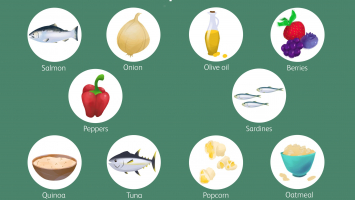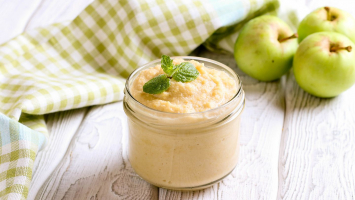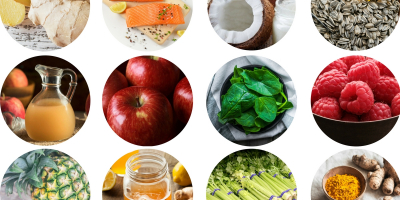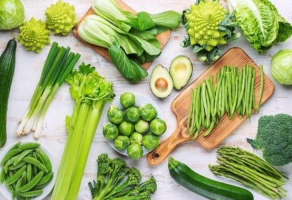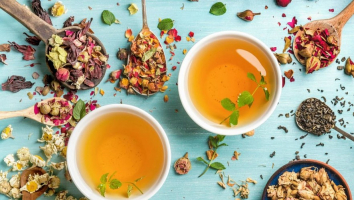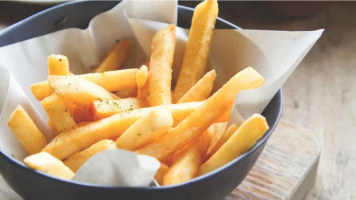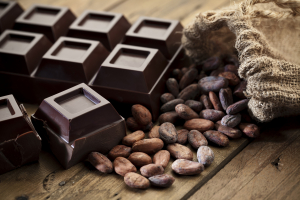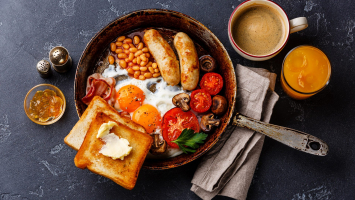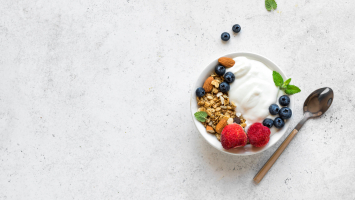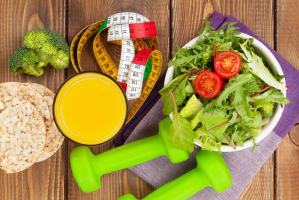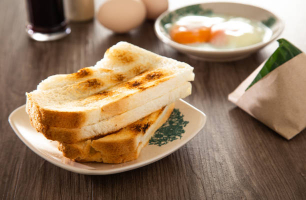Top 10 Foods and Drinks to Avoid with Diabetes
Diabetes is a chronic condition that has become an epidemic in both adults and children around the world. As you already have known, consuming particular foods ... read more...can cause blood sugar and insulin levels to rise, as well as promote inflammation and disease risk. Below are some foods and beverages that people with diabetes or prediabetes should avoid.
-
The worst drinks to choose for someone with diabetes are those high in sugar. A 12-ounce (354 mL) can of cola has 38.5 grams of carbohydrates. Or llemonade and iced tea with added sugar both include over 45 grams of carbohydrates, all of which come from sugar. These drinks also contain a lot of fructose, which is significantly associated with insulin resistance and diabetes.
According to studies, drinking beverages with added sugar may raise your chance of developing diabetes-related diseases like fatty liver disease. Additionally, the high fructose content in sugary drinks may cause metabolic changes that increase belly fat and possibly risky levels of triglycerides and cholesterol. In other studies, adults who consumed 25% of their calories from high-fructose drinks while maintaining their weight showed worse heart health markers, increased insulin resistance, and belly fat. Replace sugary drinks with water, club soda, or unsweetened iced tea to help manage blood sugar levels and reduce the risk of disease.
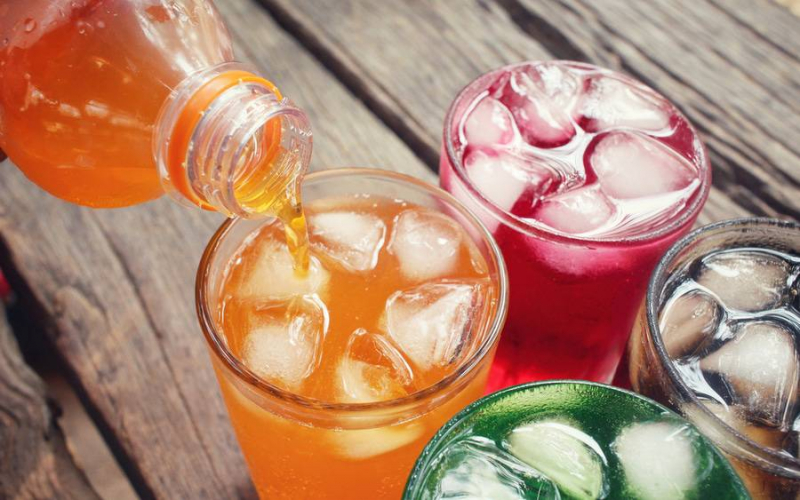
Sugar-sweetened beverages 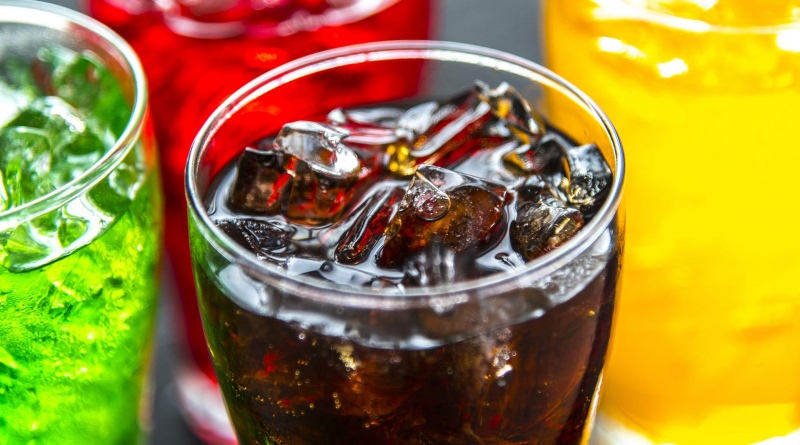
Sugar-sweetened beverages -
Artificial trans fats are really bad for you. They are produced by stabilizing unsaturated fatty acids with hydrogen. Margarine, peanut butter, spreads, creamers, and frozen dinners all include trans fats.
In addition, food manufacturers frequently add them to crackers, muffins, and other baked products to help a product last longer on the shelf. Trans fats have been linked to increased inflammation, insulin resistance, and belly fat, as well as decreased levels of HDL (good) cholesterol and reduced arterial function, even though they don't directly increase blood sugar levels. Most nations have forbidden artificial trans fats, and in 2018, the Food and Drug Administration (FDA) prohibited the use of partially hydrogenated oil in most processed foods, the main source of artificial trans fat in the food supply. This does not imply that artificial trans fats are no longer present in any foods sold in the US. If a product has less than 0.5 grams of trans fat per serving, manufacturers are not required to include trans fats on nutrition facts labels. Any product that lists "partially hydrogenated" in its ingredient list is best avoided.
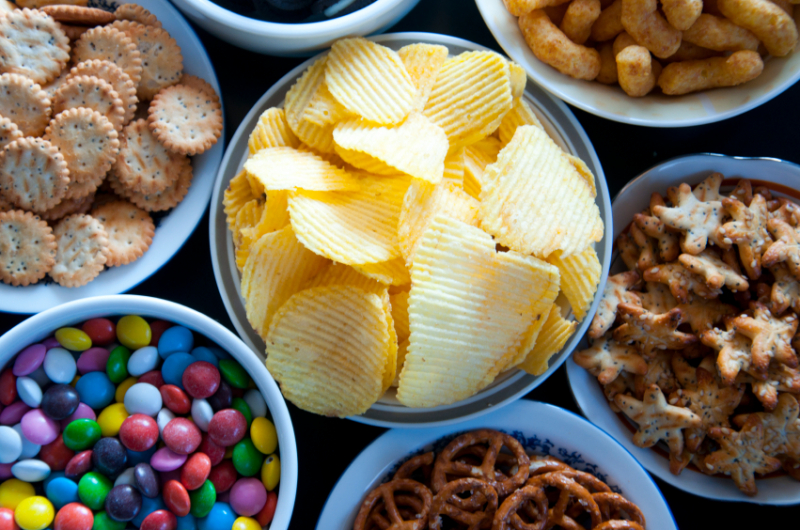
Trans fats 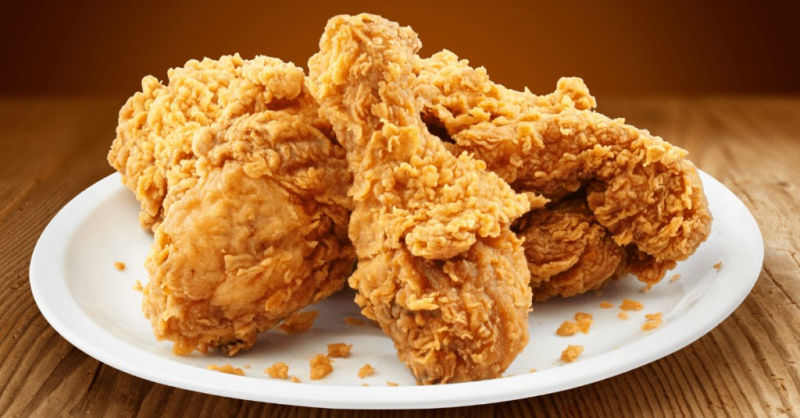
Trans fats -
White bread, rice, and pasta are processed foods that are high in carbs. People with type 1 and type 2 diabetes have been proven to drastically raise blood sugar levels by consuming bread, bagels, and other food made with refined flour.
Products manufactured with refined white flour are not the only ones that trigger this response. According to one study, gluten-free pasta can also cause blood sugar levels to rise, with rice-based versions having the worst impact. In a different study, it was discovered that high-carbohydrate diets not only caused type 2 diabetes and mental deficits but also increased blood sugar levels and impaired brain function. There isn't very much fiber in these processed foods. The bloodstream's ability to absorb sugar is slowed by fiber. According to other studies, changing low-fiber food for high-fiber ones considerably lowers blood sugar levels in diabetics. Additionally, patients with diabetes saw their cholesterol levels drop.
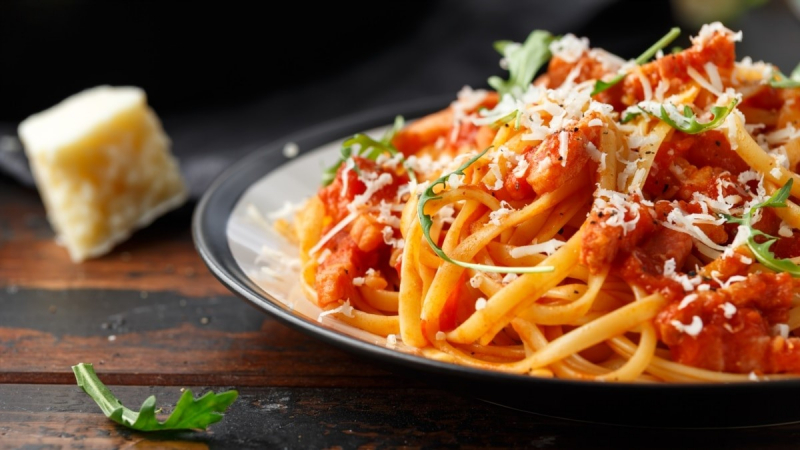
White bread, rice, and pasta 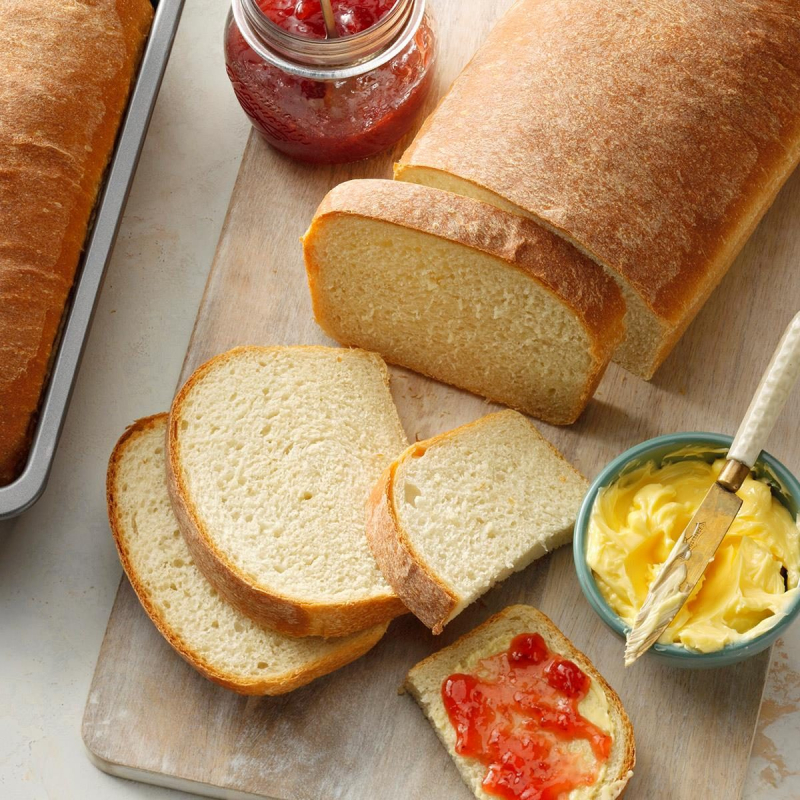
White bread, rice, and pasta -
People with diabetes may find plain yogurt to be a healthy choice. Fruit-flavored varieties, however, give a very different look. Typically manufactured from nonfat or low-fat milk, flavor yogurt is high in carbohydrates and sugar.
In fact, a serving of fruit-flavored yogurt that is 1 cup (245 grams) in weight may contain roughly 31 grams of sugar or 61% of its total calories. A lot of people consider frozen yogurt a healthier substitute for ice cream. It may, however, have an even higher sugar content than ice cream. Choose plain, whole-milk yogurt instead of high-sugar yogurts, which can cause blood sugar and insulin levels to surge. This may be better for your appetite, ability to control your weight, and gut health.
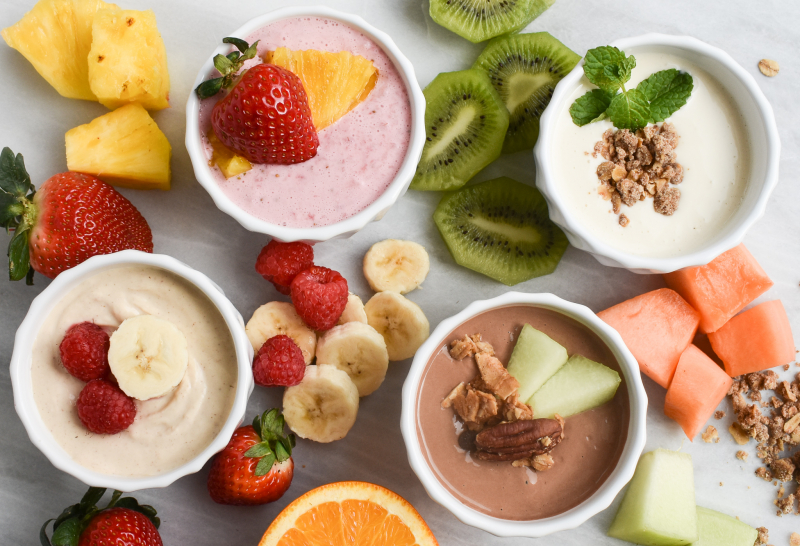
Fruit-flavored yogurt 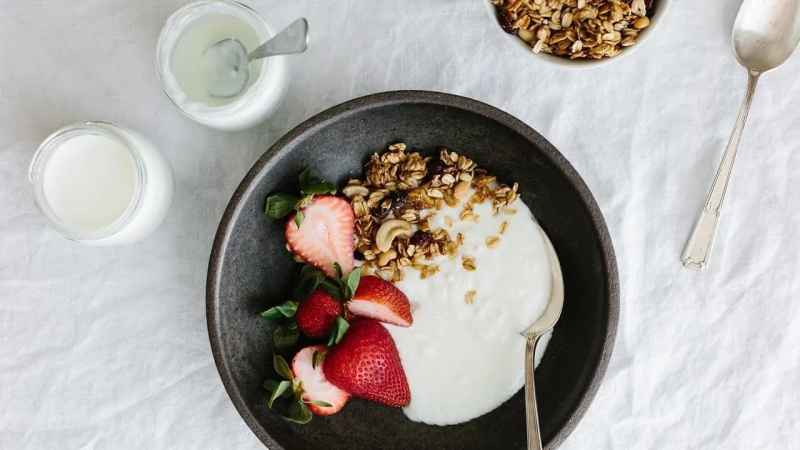
Fruit-flavored yogurt -
If you have diabetes, eating cereal may not be the best way to start your day. Most sugar comes from processed foods — and breakfast cereals are among the most popular processed foods that are high in added sugars.
The majority of cereals are highly processed and contain significantly more carbs than most people know, despite the health claims on their boxes. They also offer very little protein, an essential nutrient that can help you feel satisfied and full while managing your blood sugar levels throughout the day. For people with diabetes, some "healthy" breakfast cereals aren't the best option. Most cereals should be avoided in favor of a protein-based, low-carb breakfast if you want to control your blood sugar levels and hunger.
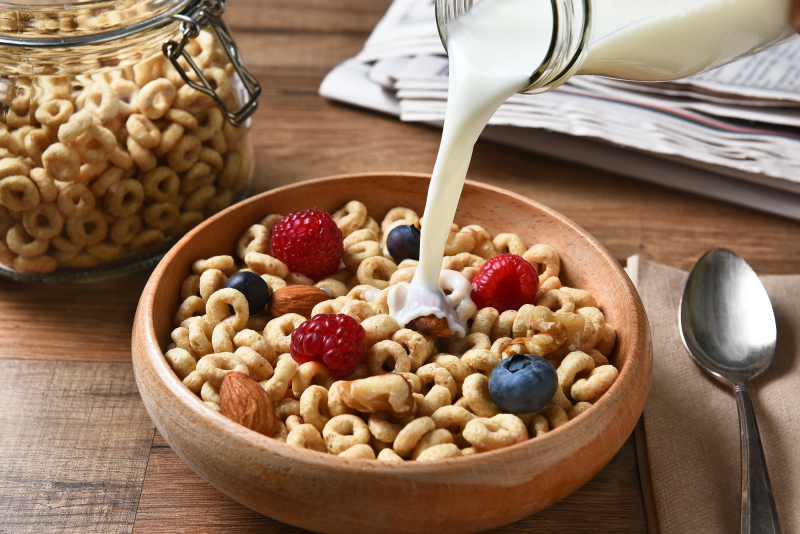
Sweetened breakfast cereals 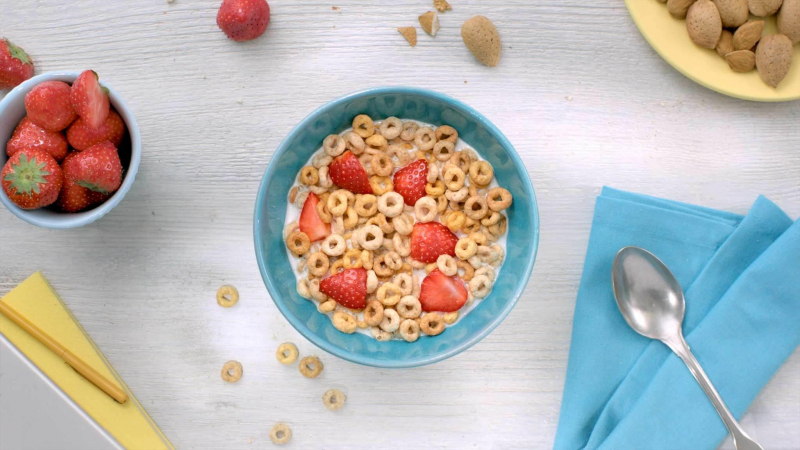
Sweetened breakfast cereals -
Numerous health advantages of coffee have been found, including a lower chance of developing diabetes. But rather than being considered a nutritious beverage, flavored coffee drinks should be considered as a liquid dessert.
Flavored coffee is nice. It is full of flavor and there are a ton of options to choose from, but there are also a lot of concerns surrounding flavored coffee. Additionally high in carbohydrates are flavored coffee drinks. For instance, a 16-ounce (473 mL) Starbucks Caramel Frappuccino has 57 grams of carbohydrates, but the same-sized Blonde Vanilla Latte has 30 grams. Choose plain coffee or espresso with a tablespoon of heavy cream or half-and-half to maintain control of your blood sugar levels and avoid gaining weight.
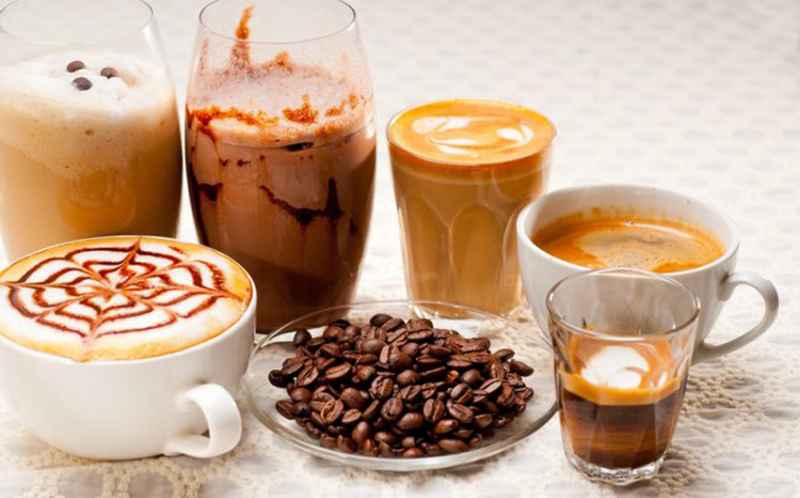
Flavored coffee drinks 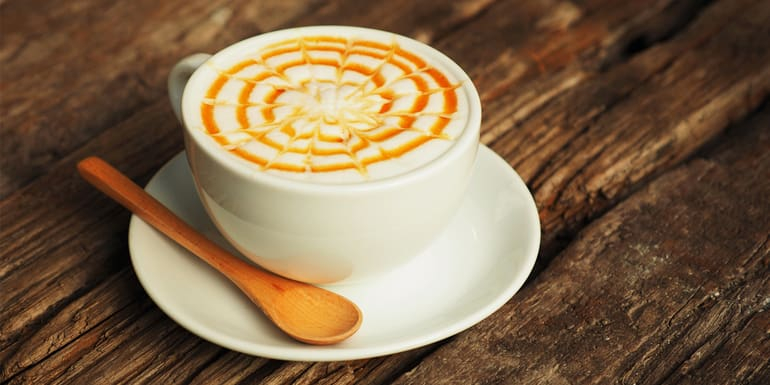
Flavored coffee drinks -
People who have diabetes regularly make an effort to reduce their consumption of sweets like candy, cookies, and pie.
However, consuming sugar in other ways can also raise blood sugar levels. These include "natural" sugars like honey, agave nectar, and maple syrup as well as brown sugar. These sweeteners aren't processed food, but they still have about the same amount of carbohydrates as white sugar. In fact, the majority have even more.
The number of carbs in a 1-tablespoon serving of some common sweeteners is listed below:
- White sugar: 12.6 grams
- Honey: 17.3 grams
- Agave nectar: 16 grams
- Maple syrup: 13.4 grams
- ...
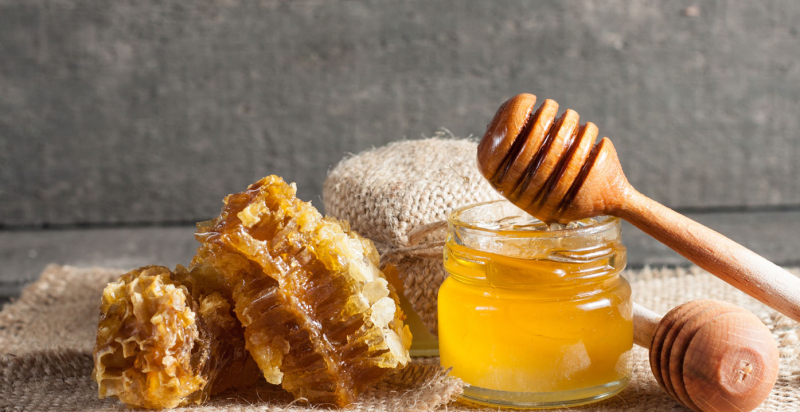
Honey, agave nectar, and maple syrup 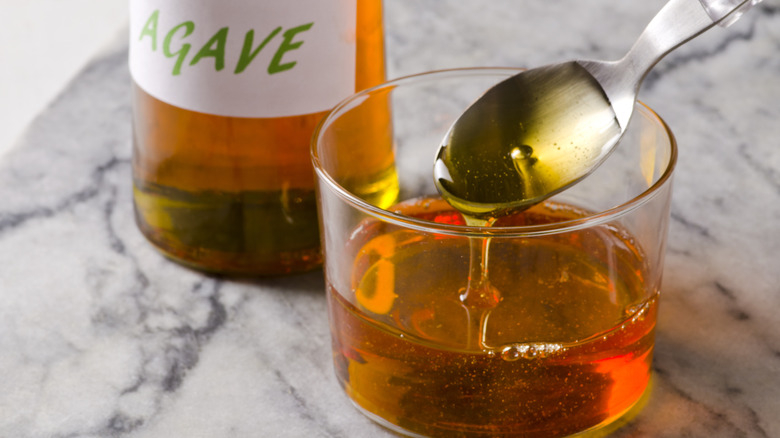
Honey, agave nectar, and maple syrup -
Fruit is a great source of potassium and vitamin C, two essential vitamins and minerals. Fruit that has been dried has higher concentrations of these nutrients because drying causes water to be lost from the fruit. Unfortunately, it also becomes more concentrated in sugar.
27.3 grams of carbohydrates, including 1.4 grams of fiber, are present in one cup (151 grams) of grapes. A cup (145 grams) of raisins, on the other hand, has 115 grams of carbohydrates, 5.4 of which are from fiber. As a result, raisins have more than four times the amount of carbs that grapes do. Similar to fresh fruit, other varieties of dried fruit have more carbs. You don't have to completely give up fruit if you have diabetes. Sticking to low-sugar foods, such as fresh berries or a small apple will help you stay healthy and keep your blood sugar levels within the ideal range.
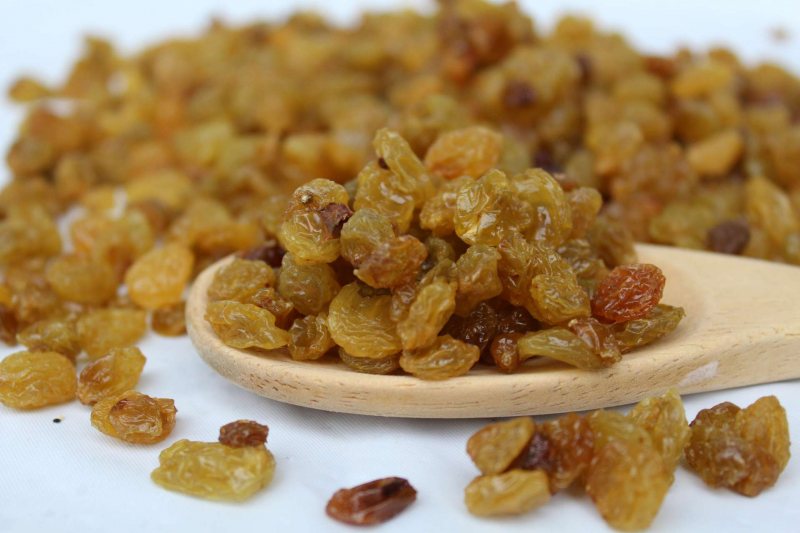
Dried fruit 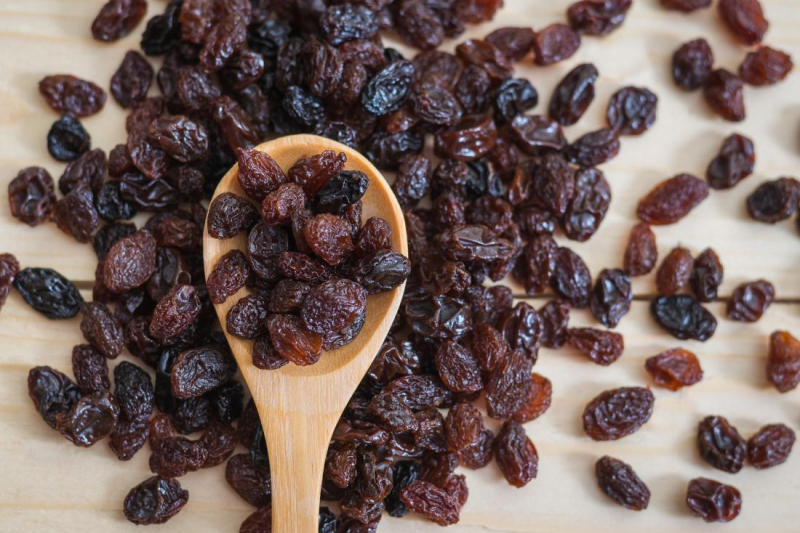
Dried fruit -
The worst snacks are pretzels, crackers, and other packaged foods. They often contain refined flour and offer few nutrients, but they are also a good source of fast-digesting carbohydrates, which can significantly raise blood sugar levels.
Here are some common snacks' carb counts for a 1-ounce (28-gram) serving:
- Saltine crackers: 20.7 grams of carbs, including 0.78 grams of fiber
- Pretzels: 22.5 grams of carbs, including 0.95 grams of fiber
- Graham crackers: 21.7 grams of carbs, including 0.95 grams of fiber
- ...
In fact, a number of these foods can actually have more carbs in them than is stated on the nutrition label. According to one study, snack foods typically contain 7.7% more carbs than what the label shows. It is preferable to consume nuts or a few low-carb vegetables with an ounce of cheese if you are hungry in between meals.
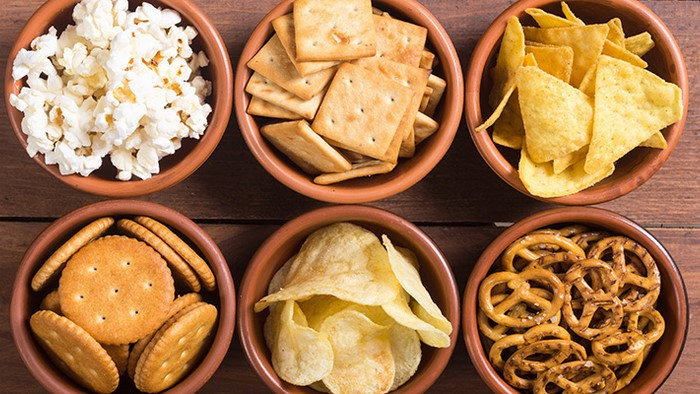
Packaged snack foods 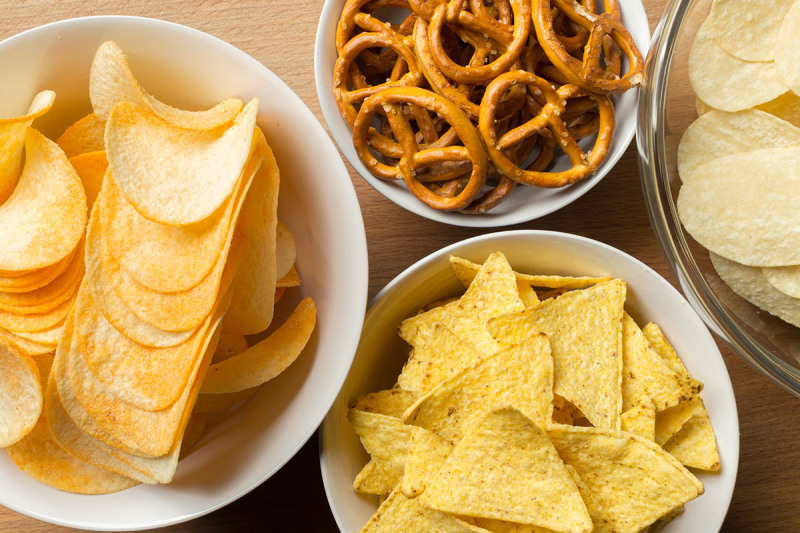
Packaged snack foods -
Fruit juice is frequently regarded as a healthful beverage, although it has similar effects on blood sugar to soda and other sugary drinks. Some people suggest that juice isn’t as healthy as it’s made out to be and just as detrimental to your health as sugary soda.
Fruit juice sometimes has more sugar and carbohydrates than soda. For instance, the amount of sugar in 8 ounces (250 mL) of soda and apple juice, respectively, is 22 and 24 grams. There are 35 grams of sugar in an equivalent serving of grape juice. Fruit juice contains a lot of fructose, much like beverages with added sugar. Insulin resistance, obesity, and heart disease are all caused by fructose. Water with a wedge of lemon is a much better substitute because it has almost no calories and only 1 gram of carbohydrates.
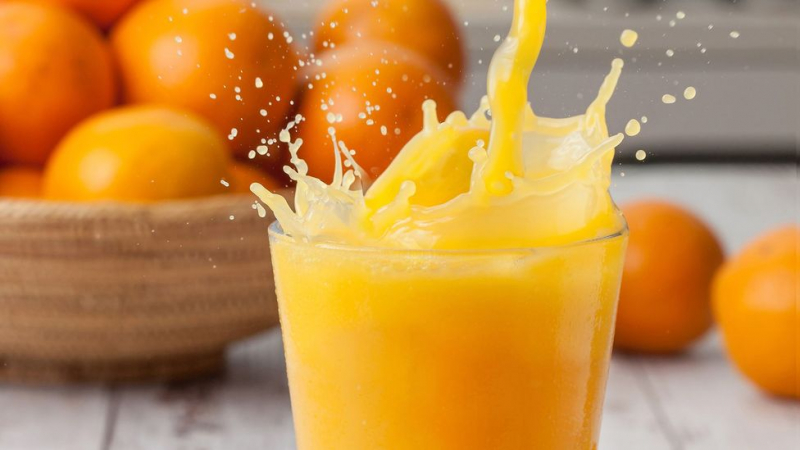
Fruit juice 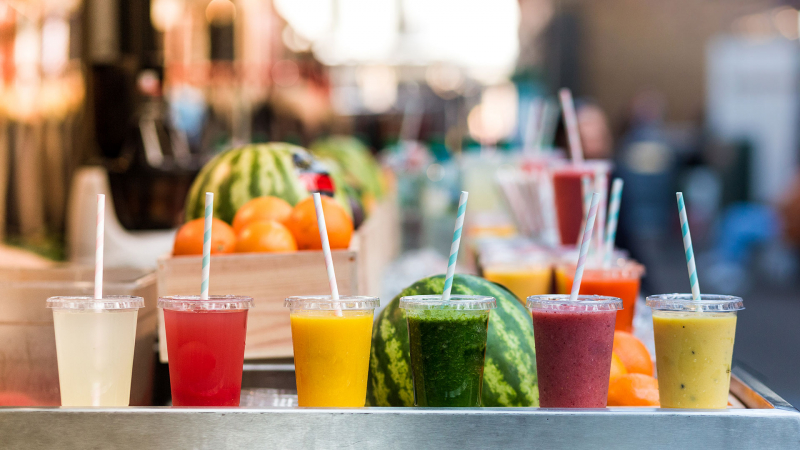
Fruit juice












